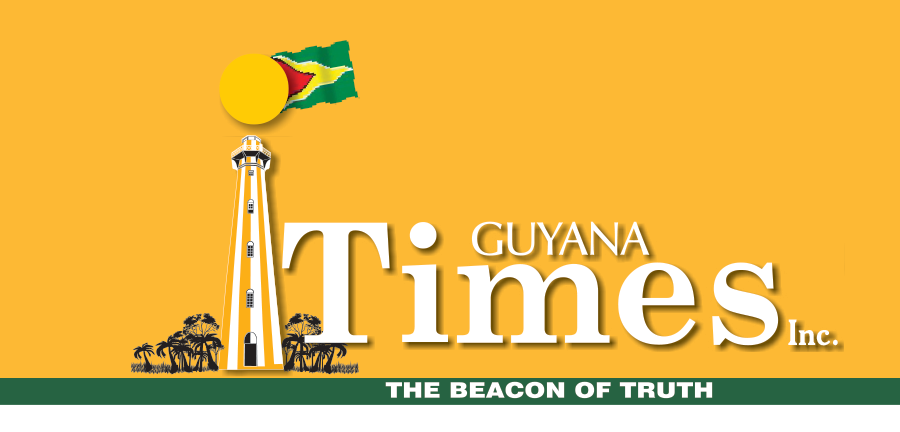It is now three decades since the People’s Progressive Party (PPP) Government announced in 1995 that henceforth, the month of September would be designated as “Amerindian Heritage Month” and that the Guyanese State would facilitate a series of activities annually to bring to the consciousness and weave into the rich tapestry of Guyana, the heritage of our Indigenous Peoples. Locked away in the hinterland from the plantation-colonised coastal region, it was a case of “out of sight, out of mind” to the 90 per cent of the populace resident here. But this is “no more” thanks to Amerindian Heritage Month and the increased Internet penetration facilitated by the Government that can highlight the rapid development of Amerindian communities.
Every year since 1995, Amerindian Heritage Month was given a theme, and this year it is: “Igniting Unity, Celebrating Progress, Advancing our Culture.” That “unity” we should note extends from the nine Indigenous People to the mosaic of others who comprise our “One Guyana”. Most critically, however, since the culture of Indigenous peoples is so inextricably bound up with their land, the continuation of the PPP-initiated legalisation of titles to the land they occupy is significant.
We cannot fail to point out that Amerindian land titling was subjected to extremely gratuitous attacks from members of the APNU/AFC administration. Unlike the descendants of Columbus and those they colonised and hegemonised, the Indigenous Peoples view the land they occupy as sacred since they are sustained in every way through the crops they can grow, the animals they can hunt or fish, the shelters they can build, the cotton fabric they can cover their nakedness with and the herbs from the forest that provide medicines to cure their ailments. Like most modern man, our coastlanders can learn the true meaning of “environmental consciousness” from our Indigenous Peoples, who have not been completely brainwashed – as most of us are – into believing the earth is to be raped and ravished.
The APNU/AFC Government attempted to undermine – through stratagems such as attempting to subsume Amerindian land rights under a Commission of Inquiry into “African Ancestral Land Rights” and wild claims that some Indigenous Peoples are not actually “indigenous” to Guyana, which forms the authoritative legal basis of Amerindian land rights. Unlike what is being asserted by some, the lands to which Indigenous Peoples are being given title, are not “reparations” for any past actions of the departed European powers, but an acknowledgement of their rights over land to which they are inalienably spiritually and culturally connected. The Dutch, whose rights the British assumed, never conquered but made treaties with the Indigenous Peoples.
In 1965, the first Amerindian Member of Parliament (MP), Stephen Campbell accompanied the People’s National Congress (PNC) delegation, headed by Forbes Burnham, to London to negotiate the terms of Guyana’s imminent independence. Annex C of the negotiated Independence Agreement stipulated that the independent government must provide legal ownership or rights of occupancy for Amerindians over: “areas and reservations or parts thereof where any tribe or community of Amerindians is now ordinarily resident or settled and other legal rights, such as the rights of passage, in respect of any other lands they now, by tradition or custom, de facto enjoy freedoms and permissions corresponding to rights of that nature.”
By 1976, the Amerindian Act passed by the then PNC Government to give effect to Annex C, resulted in some Amerindian villages obtaining title to their lands. But it was not until a new Amerindian Act was passed by the PPP Government in 2006 that the full meaning of Annex C was given meaning. Unlike the allusions as to when any particular Amerindian Tribe arrived in Guyana, Art 60 (1) of the Act declares simply, “An Amerindian Community may apply in writing to the Minister for a grant of State lands provided – (a) it has been in existence for at least twenty-five years; (b) at the time of the application and for the immediate preceding five years, it comprised at least one hundred and fifty persons.”
Happy Amerindian Heritage Month!!
Discover more from Guyana Times
Subscribe to get the latest posts sent to your email.







